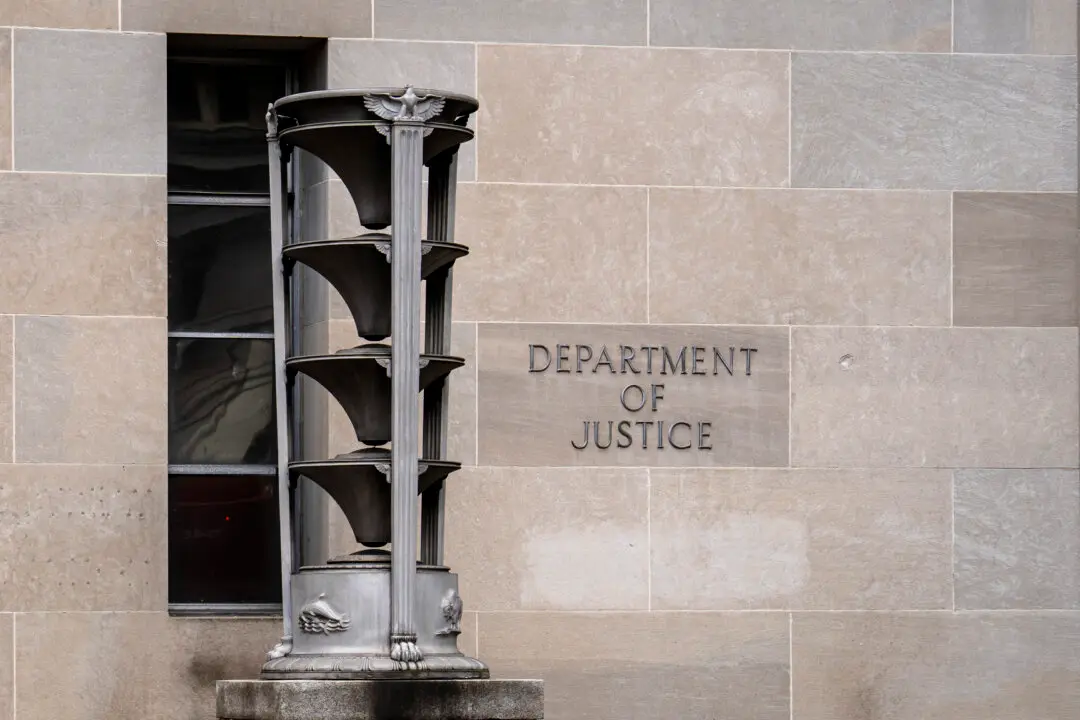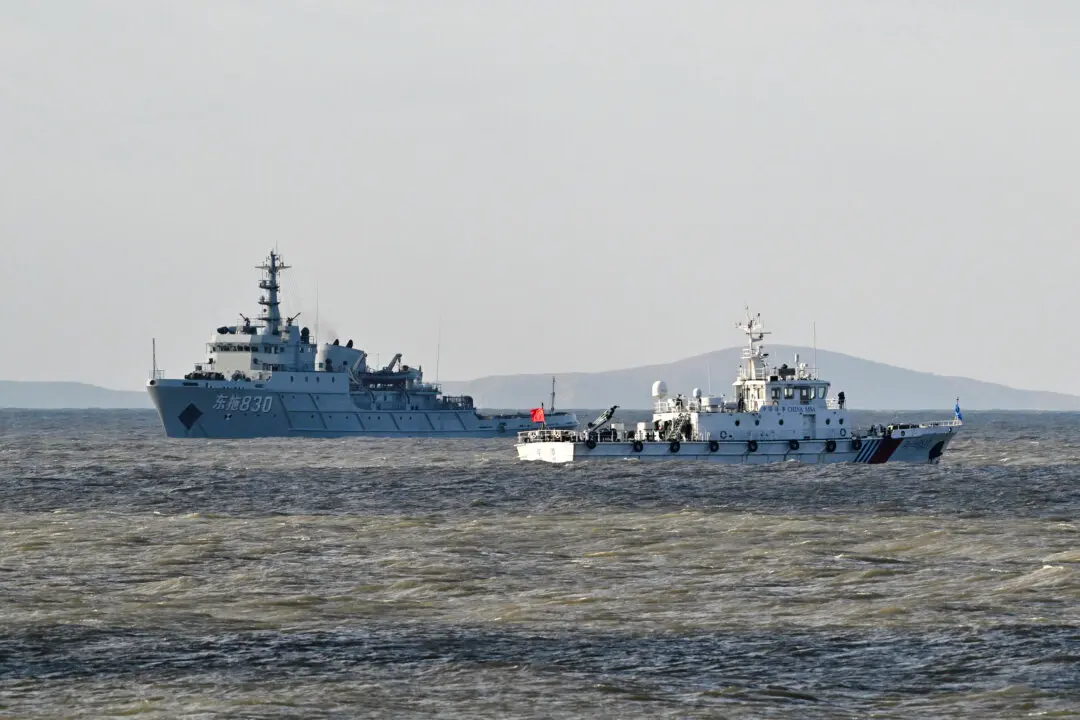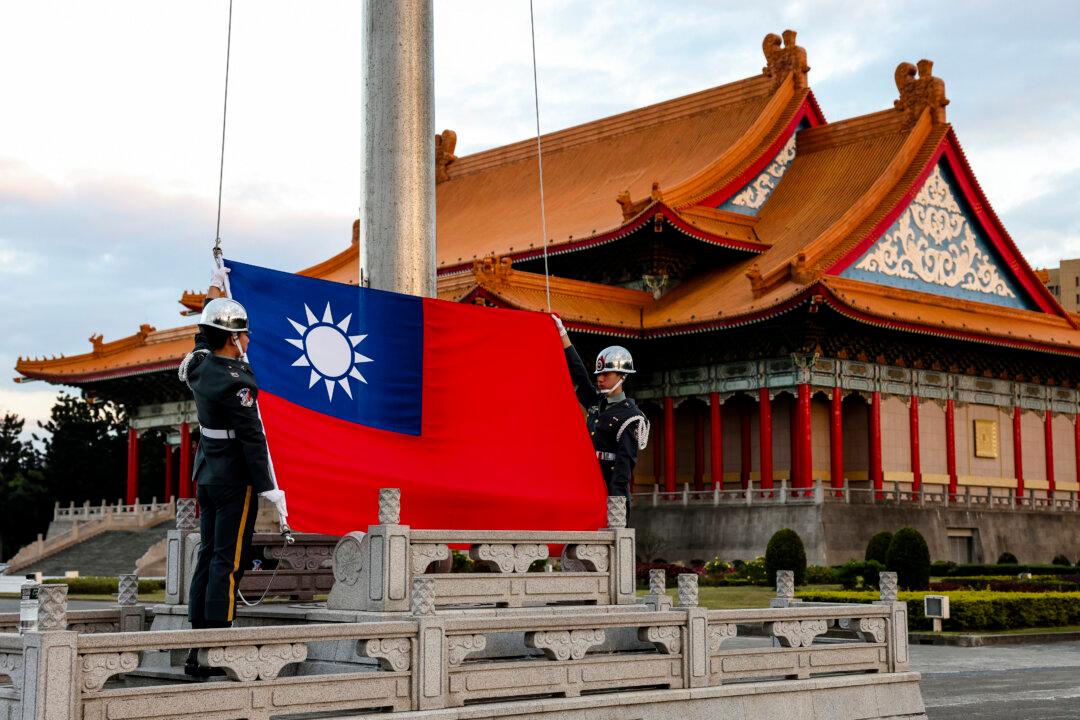While at the United Nations General Assembly session in New York, Japanese Prime Minister Shinzo Abe updated his strategy on a maritime corridor that is designed to counter Beijing-centered trading routes.
Speaking to the General Assembly on Sept. 25, Abe devoted a section of his speech to the “Free and Open Indo-Pacific” (FOIP) strategy, which outlines Japan’s role in preserving stability and peace in the waters and airspace spanning the Arctic Ocean to the Sea of Japan, through the Pacific Ocean to the Indian Ocean, according to a report by Japan’s oldest English-language newspaper The Japan Times.





